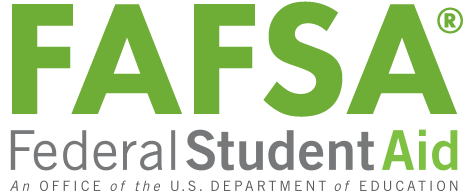-
Preparing for college...
-
Checklist for College...

9th Grade Set Your Sights on College
- Take courses that challenge you.
- Meet with your school counselor to discuss your educational and course options.
- Explore courses such as AP, honors, and Career and College Promise.
- Create a free CFNC account to save your courses, activities, and more.
- Discover career interests at CFNC.org.
- Research ways to save and pay for college.
10th Grade Keep Your Focus
- Pursue extracurricular interests, such as dance, sports, clubs, or community service.
- Review your goals for the future with your counselor.
- Update your CFNC plan of study.
- Find free SAT and ACT test prep resources at CFNC.org.
- Look on CFNC.org for free SAT and ACT test prep resources.
- Take the PSAT for practice.
- Talk with family and friends about their educational choices.
- Use CFNC’s College Search tool to research N.C. colleges.
11th Grade The Critical Year for Success
- Review your academic plan with your counselor.
- Use CFNC.org to find free practice tests for the SAT and ACT.
- Take the PSAT in October (may qualify for National Merit Scholarship).
- Check admissions requirements of colleges that interest you.
- Keep your CFNC plan of study updated.
- Attend college fairs and financial aid workshops.
- Visit colleges.
- Use CFNC.org to research scholarships, grants, and loans.
- Talk with coaches about college sports and scholarship eligibility.
- Register and take SAT, ACT, and/or AP tests.
- Narrow down your list of colleges.
- Find a summer job or internship in your field of interest.
- Get a head start on finding money for college. Go to fsaid.ed.gov for a Federal Student Aid Identification (FSA ID) for you and a parent or guardian. You’ll need FSA ID to file your Free Application for Federal Student Aid (FAFSA) early in your senior year. Save IDs in a secure place and do not share with anyone else.
12th Grade Fall Don’t Let Up
- Review courses, graduation requirements, and scholarship opportunities with your counselor.
- Update your CFNC plan of study.
- Take the first SAT or ACT offered this fall.
- Select at least five colleges – a reach school, a safety school, and others in between.
- As soon as possible after October 1, go to fafsa.gov to complete and submit the FAFSA. Check CFNC.org for a FAFSA Day event near you or call 866.866.CFNC if you need help.
- Participate in College Application Week if offered at your school.
- Keep track of the application and financial aid deadlines of your college choices.
- Check with college financial aid offices for school-specific scholarship information, deadlines, and forms.
- Write, edit, proofread, and rewrite your admissions essays early.
- Ask teachers, counselors, or community leaders to write recommendation letters to support your applications.
- Use CFNC.org online application system to complete N.C. college and university applications and send your official transcripts (if you attend an N.C. public high school).
- Submit applications to out-of-state schools through their websites.
- If you are a student athlete, send transcripts to NCAA Clearinghouse for eligibility certification.
12th Grade Spring Finish Strong
- Compare admission acceptance letters and financial aid packages.
- Apply for education loans, if needed. Limit the amount you borrow; you will have to pay it back.
- Send in your enrollment deposit to hold your spot at the college you choose.
- If not accepted by your college of choice, use the College Redirection module at CFNC.org for new options.
- Make sure your final high school transcript is sent to your college (goes automatically if requested through CFNC.org earlier).
- Send in college credit course transcripts (community college, middle college), if any.
- Take exams for any AP or college-level courses completed.
- If planning to attend a community college, check with your local campus about placement testing requirements.
Adapted from Pathways, College Foundation, Inc., and State Education Assistance Authority (CFNC) CFI Form G 632 (11/16)
CFNC is a service of the State of North Carolina provided by a collaboration of Pathways (the N.C. Department of Public Instructions, the N.C. Community College System, the N.C Independent Colleges and Universities, and The University of North Carolina System), College Foundation, Inc., and N.C. State Education Assistance Authority.
-
Countdown to college...
Junior YearSeptemberHave the “college” talk with your parents.
Where do you want to go? What major? How much can you spend?
OctoberTake the PSAT!
It can give you an idea of where you fall in the college applicant pool. Plus, your scores may make you eligible for national scholarships.
NovemberConsider how you’ll pay for college.
Take a look at different types of loans and scholarships. From the exceptionally tall to the llama enthusiast, there’s a scholarship opportunity for everyone!
DecemberTake the ACT/SAT
These tests are crucial to figuring out which schools are a good match for you. Be sure to take practice tests and even a prep course to ensure that you get your best score possible.
MarchMake a list
Once you have a list of possible schools, start planning your visits. Counselors often recommend visiting six to eight colleges to keep a narrow, focused list.
Senior YearAugustStart your essays!
With your top schools in mind, start drafting your work and be sure to leave yourself time for edits, edits, and more edits.
SeptemberSecure letters of recommendation.
Reach out to teachers, coaches, and employers who would be happy to write you a glowing review. Don’t forget to send them a thank you note afterwards!
OctoberSubmit your FAFSA.
Some student aid programs award funds on a first-come, first-served basis so don’t wait too long to submit your FAFSA.
Consider re-taking standardized tests.
You can also re-take your SAT to try to raise your score.
NovemberStay on top of deadlines.
Don’t let the date for early application sneak up on you. Many schools have different application deadlines; make sure you know when everything is due.
JanuaryApps are due!
January 1st is the universal deadline for most school’s applications, so make sure yours are in. If you applied early action, you could get your decision letter any day
FebruaryMail’s here!
Keep an eye out for your college acceptance letters.
MarchWatch for award letters.
This is when you’ll get financial aid award letters from the schools that have accepted you. Compare them to see which offers the best financial aid package.
AprilDecision time!
After deciding where you’d like to go, make sure to stay on top of communications from your school. Deposits, forms, and housing apps are all due prior to leaving in the fall.
MayMake a budget.
Talk with your parents to figure out how much you’ll expect to earn and pay while at school. Having a budget will start you on the journey toward financial responsibility.
SummerFinal to-do items.
This is the time to attend orientation, register for your classes, and make sure the tuition bill is paid. It’s also the time to have fun—and have an amazing time!
Adapted from "Stay on track: Your stress-free guide for applying to college", 2016, Sallie Mae Bank. -
General GPA Ranges
This list is not intended to discourage you from applying if you’re not in a school's range. The list is meant to help you get a feel for what might be safety, match, and/or reach schools.Open Admissions
Avg GPA: 2.5-2.8
Avg ACT: 16-19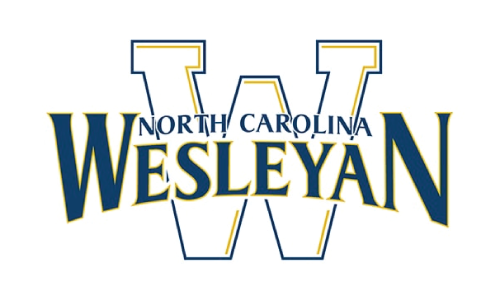
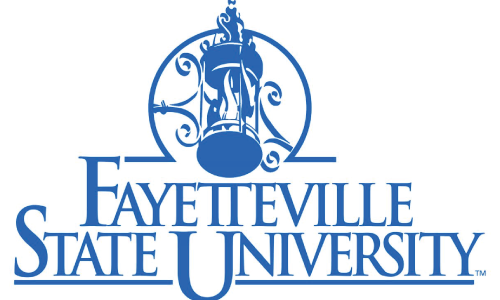
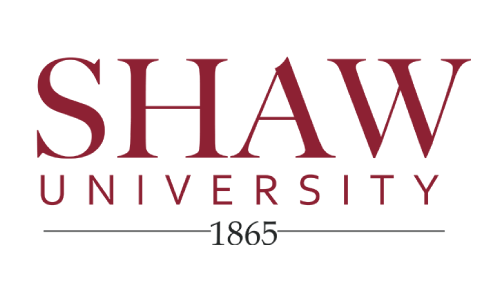
Avg GPA: 2.8-3.2
Avg ACT: 18-22Avg GPA: 3.3-3.5
Avg ACT: 21-25Avg GPA: 3.5-3.8
Avg ACT: 23-28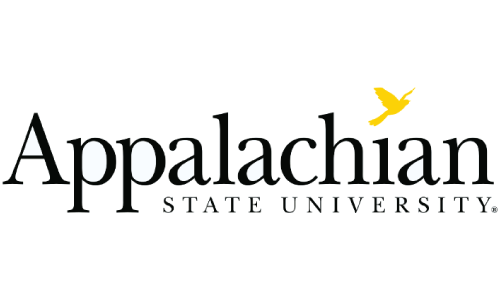
Avg GPA: 3.7-4.0
Avg ACT: 27-36
-
✔️ Resources for Determining Residency (provided by CFNC)
✔️ 24-25 Senior College & Financial Aid Night Presentation (Coming Soon)
✔️ Fall 2025 Senior Meetings Presentation
-
Applying to college...
-
Duke University Advise NC
Ashlyn Lilly
Schedule a meeting with here!
...or find me next to Student Services, Room 1107
-
Things the college advisor can help you with...
- Creating a college timeline
- College and major exploration
- ACT/SAT registration and prep
- College applications
- Essay writing tips, tricks and editing
- Financial aid
- Other post-high school plans
-
What is the difference between Early Decision, Early Action, and Regular Decision?
When applying to college, there are three common application options: early action, early decision, and regular decision. Here's a simple explanation of the differences:
- Early Action (EA):
- You apply to the college before the regular deadline.
- You receive an admission decision earlier, often in December.
- It's non-binding, meaning you can choose to attend or decline the college if accepted.
- You can apply to multiple colleges with early action.
- Early Decision (ED):
- You apply early to a specific college, usually by November.
- You get an admission decision sooner, typically in December.
- It's binding, meaning if you're accepted, you must attend that college and withdraw other applications.
- You can only apply to one college under early decision.
- Regular Decision (RD):
- You apply by the regular deadline, often in January or February.
- Admission decisions are typically announced in March or April.
- It's non-binding, so you can choose among the colleges that accept you.
- You can apply to multiple colleges with regular decision.
In summary, early action and early decision allow you to apply early and hear back sooner, while regular decision is the standard application process. Early decision is binding, so be sure you're committed to attending that college if you choose this option.
- Early Action (EA):
-
I need a letter of recommendation.
Entering a counselor or teacher email address on a scholarship or college application sends an automated email requesting a recommendation.
How to get the best recommendation:
- Prior to entering an email address of a recommender, or immediately after, provide that person with a resume. For counselor recommendations, you may also use the link below to send the info to your counselor.
- Give plenty of notice. It is highly recommended that you give your recommender 2-3 weeks notice to provide a letter of recommendation. Failure to do so on your part may result in an application being delayed or denied.
- Select at least one teacher from a core subject area.
Counselor Recommendations
- If you need a Counselor recommendation, please complete the following form and email it to your Counselor.
- Counselor Recommendation form - Word Doc
- Counselor Recommendation form - PDF
-
How do I find out my GPA and class rank?
Laude Honors System
Summa Cum Laude: weighted GPA 4.25 or higherMagna Cum Laude: weighted GPA 4.0 - 4.249Cum Laude: weighted GPA 3.75 – 3.99- If a Senior finishes strong and wishes to have their GPA recalculated after fourth quarter in June and after exams, they must see the Guidance Technician, for instructions for requesting a recalculation at that time.
To Calculate Your GPA
- Determine quality points for each letter grade.
- Total the quality points.
- Divide total quality points by the total number of courses.
Wake County determines official GPA based on final grades. Your GPA is figured and reported on your transcript both weighted and unweighted. To calculate an unweighted GPA, use the academic scale only. Students are ranked from highest to lowest GPA using cumulative weighted grades.
Rank
Beginning in January 2004, the following guidelines were implemented regarding class rank calculation.
- Calculation of class rank will include Future Ready Core curriculum only.
- Senior Rank is run approximately on the 20th school day each year.
- Sophomore and Junior Rank are run approximately on the 40th school day each year.
- Rank for all classes is run at the end of first semester and at the end of second semester.
- College courses that are taken through the WCPSS Dual Enrollment Program are included in the GPA/Rank process.
- The Senior Honors GPA/Rank process that occurs at the end of the third quarter for block schools requires the student to request documentation of the midterm grade from the college professor.
- Other honors and recognitions will include all students.
Calculating your GPA
When calculating your GPA, you must remember that quality Points are assigned to each letter grade. The type of class (Academic, Honors, AP or IB) you take will determine the number of quality points you receive for the course. Students received weighted credit (extra points) for Honors, AP and IB courses.
Quality Points Scale
-
Paying for college...


